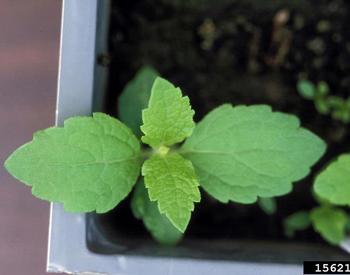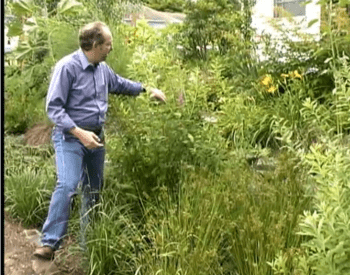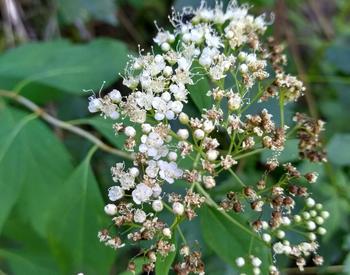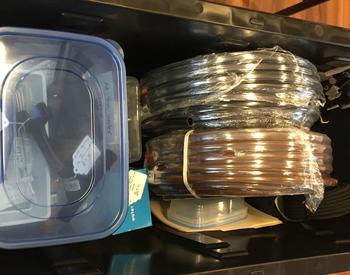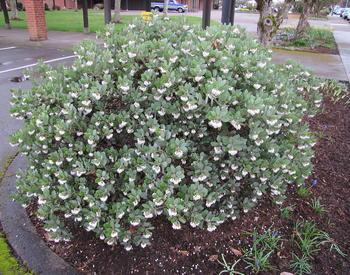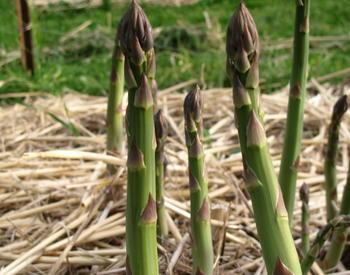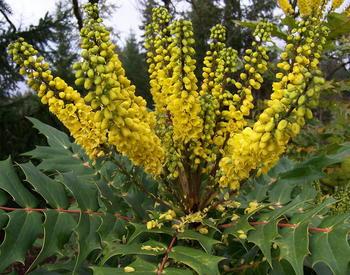Entomology is full of fascinating numbers and statistics. There are 300 pounds of insects for every pound of human (New York Times), and 3 million individual insects live in a single South American termite nest (Smithsonian). There are 91,000 known species of insects in the U.S. with another estimated 73,000 remaining to be described and named. With such amazing quantity, there is an insect for every conceivable habitat, plant and situation on Earth. But how many are pests?
Can we tell the pest insects from those that are not of concern or are beneficial? Cue your powers of observation: Read on for tips on distinguishing insect friends and foes.
What is it doing?
An insect caught munching on garden plants is likely to be of concern. Plant-eating insects are the biggest category of “pests.” Contrast the activity of a plant-feeding insect to that of a predator, moving quickly among the leaves, darting in and out of the flowers, or running along the ground. These can be a nuisance, however. Is the insect chewing holes in leaves or tunneling through tissue? Those destructive feeding styles are different from that of a syrphid fly, which feeds on pollen as an adult and is considered beneficial.
Is it single or in a pack?
Group predators like lions or wolves are rare in the insect world, but plant feeders that congregate in massive “herds” are not. Aphids, whiteflies, mealybug, scale and caterpillar pests feed in huge aggregations for at least part of their lives. With the exception of aggregations for mating or a cohort of recently hatched insects, large masses of a single type of insect usually spell pest. That one different insect walking among the aphids, spearing their bodies with its needle-like mouthparts, though — that one is a predatory insect friend.
Does it have body parts for a predator?
Many plant-feeding insects have plump, slow-moving, soft bodies with stubby, slow-moving legs. These insect equivalents of couch potatoes find a good place on the plant, settle in and insert mouthparts, feeding in place until the source runs dry. Predatory insects have body parts that make them easy to identify as such long legs for chasing, harder exoskeletons, big eyes, and legs modified to grasp or clutch.
Consider the dragonfly — its giant eyes provide nearly 360-degree vision for efficient mosquito hunting in flight. The dragonfly’s legs are covered in spurs for holding mosquitoes caught in midair, and its mandibles are comparatively huge “fangs” ideally suited for ripping off a mosquito head. These features are not found on plant feeders.
How quickly does it move?
Predators tend to move more quickly than plant-feeders even in the case of predators that resemble their prey. Consider the case of mealybugs and the “mealybug destroyer,” a predatory beetle.
Young (larval) mealybug destroyers look just like big mealybugs, allowing them to walk among the prey undetected — except by the observant human who can tell the difference between a bunch of things that look like white fluff sitting still, and one thing that looks like white fluff on the move. Single, quick-moving insects among a group of slower-moving insects are probably predators. There are times, however, when plant-feeding insects move quickly: Caterpillars, when a food source has been eliminated and it’s time to find more. Aphids will also start moving when the population has grown to the point that the plant cannot sustain them anymore.
When aphids are on the move, they are about to spread from one plant to many, and some type of control measure should be taken right away. Does the insect’s location hold any clues? Clues around the actual insects may lead to some insight into the situation.
If there is a sticky or black substance stuck to leaves around the insect, there are likely plant-feeding insects that are exuding unused sugars onto the plant. Heavy plant feeders are frequently easier to locate by their frass (fecal deposits) on the plants, than by attempting to find the insects themselves. Bits of sawdust at the base of a tree indicate feeding within.
Generally, it is estimated that 5% of the known insect species are pests of people, livestock, structures, and crops, leaving the other 95% of insects to interact with humans benignly, beneficially, or not at all. Entomology professors are prone to postulate that far more than 5% of humans are pests of humans and that insects should be better appreciated. When encountering a new insect in the garden setting, observe the clues in its body and surroundings — it is likely to be beneficial.





